 Madagascar, an island nation off the coast of Africa, has one of the world’s highest poverty rates, with 80.7% of its population living in poverty. This economic hardship has contributed to widespread child labor in the country’s mica mining industry. Due to weak regulations and poor enforcement of labor laws in Madagascar, an estimated 10,000 children are being exploited in mica mining.
Madagascar, an island nation off the coast of Africa, has one of the world’s highest poverty rates, with 80.7% of its population living in poverty. This economic hardship has contributed to widespread child labor in the country’s mica mining industry. Due to weak regulations and poor enforcement of labor laws in Madagascar, an estimated 10,000 children are being exploited in mica mining.
What Is the Issue?
Mica mining is dangerous as there is a risk of “landslides, burial, physical injuries from falling into holes, respiratory infections, suffocation, ocular infections and blindness due to mica particles.” Beyond the physical dangers, child labor in the mines also deprives children of education, limiting their future opportunities.
The mica mining industry in Madagascar lacks the legal frameworks that help protect its workers and sustain the business. The volumes of mica collected in Madagascar “are exported to China at relatively low prices that lead to uneven value distribution.” This means that the people working in mines get paid lower wages and are forced to send their children to work.
Solutions
The financial burden placed on these families helps explain why it was “found that cash transfers were the most effective basis among various programmes that aim to improve access to education.” Having the finances to send children to school could significantly reduce the number of children forced into mica mining in Madagascar.
The Madagascar Shines project is a program dedicated to improving the mica mining industry in Madagascar and reducing child labor. It aims to help communities “through community engagement, coordination and capacity building.” The program was funded by the U.S. Department of Labor. Its strategy targets improvement through various areas such as households and livelihood services, officials, organizations, public awareness and more.
Empowering Women
Women’s income has been shown to have a direct positive impact on their families. Building on this approach, Pact, a nonprofit organization committed to reducing child labor in mining, implements its WORTH community banking program to empower women by helping them save money, generate income and develop new skills. The program also provides key information on positive parenting, the importance of education and the dangers of child labor. By supporting women, these efforts can ultimately help reduce the number of children working in Madagascar’s mica mining industry.
Providing child care services is a crucial way to support women and their children. The nonprofit Pact is exploring two child care program models to ensure children have a safe place to go. One model involves services promoted by the private sector and local authorities. At the same time, the other would be supported by mica processing centers committed to offering safe child care options for their employees.
Good News
Positive changes are already being made to improve mica mining in Madagascar. Some mica processing centers have already agreed to undergo an analysis to implement child care centers. Additionally, “parents of 265 children in four mining communities have agreed to enroll their children in child care centers.” These are promising signs of these centers’ need for and future success.
Targeting women to reduce child labor is also showing results, as “approximately 200 women from mica households are now members of WORTH groups.” Women are being taught how to use their wages best to support their families. This will decrease the need to send children to mines. They are also learning about the importance of education for their children and the best ways to take care of their futures.
The lives of children are already being impacted, as “about 500 children are now out of mining and supported with direct educational services.” “Approximately 1,500 children from mica communities are also maintained in school.” Mica mining in Madagascar is still a significant issue impacting many families. However, there is hope for progress to be made. Continued support and awareness of this issue is vital to its continued success.
– Sydney Morrow
Sydney is based in London, UK and focuses on Good News and Politics for The Borgen Project.
Photo: Flickr
 In 2021,
In 2021, 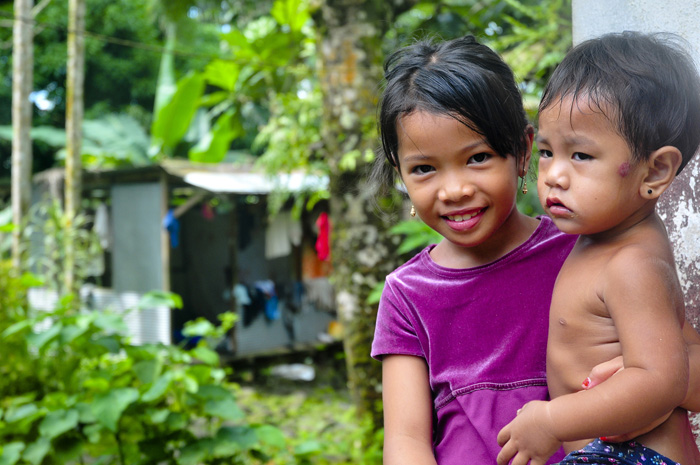
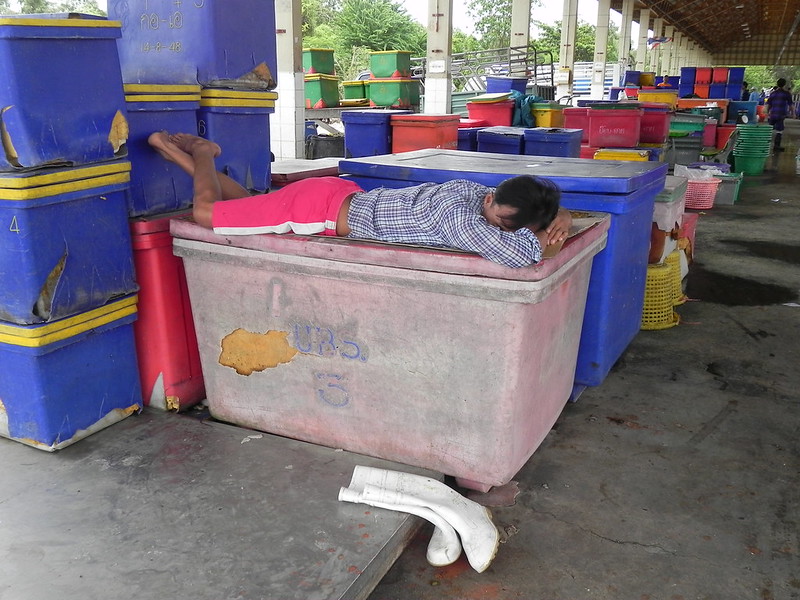
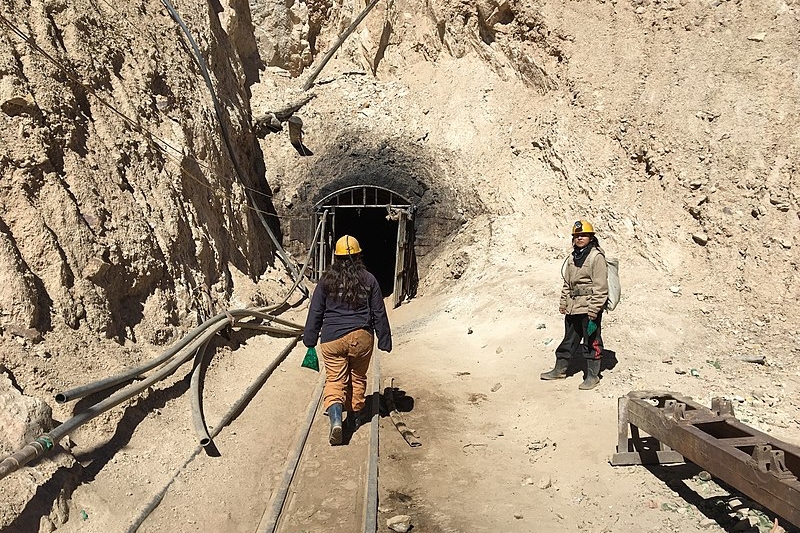 In Bolivia, “one of the poorest nations in Latin America,” children face alarming levels of monetary poverty,
In Bolivia, “one of the poorest nations in Latin America,” children face alarming levels of monetary poverty,  Peru, a country in western South America has struggled in the past to address the challenges of child labor. Recent
Peru, a country in western South America has struggled in the past to address the challenges of child labor. Recent 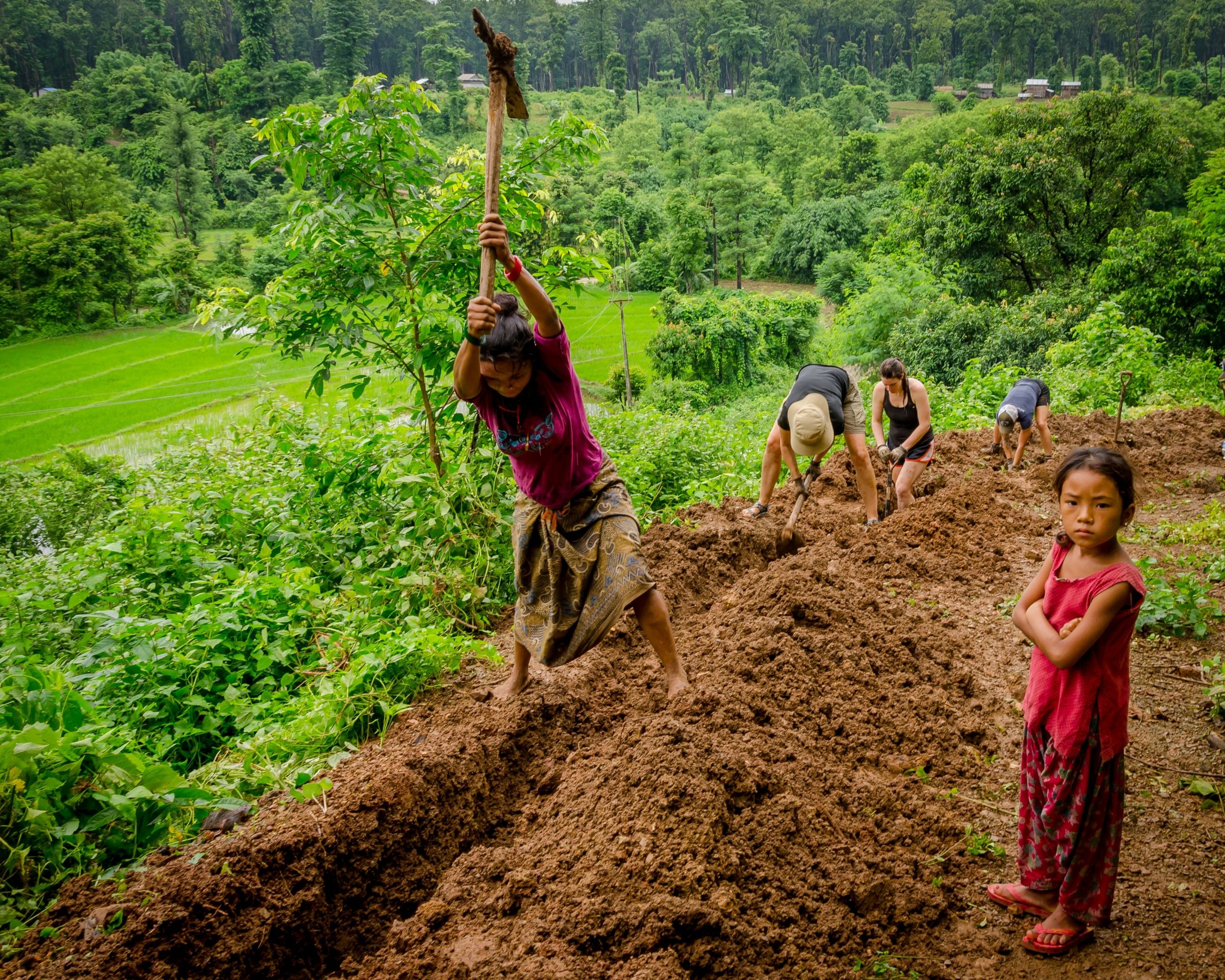

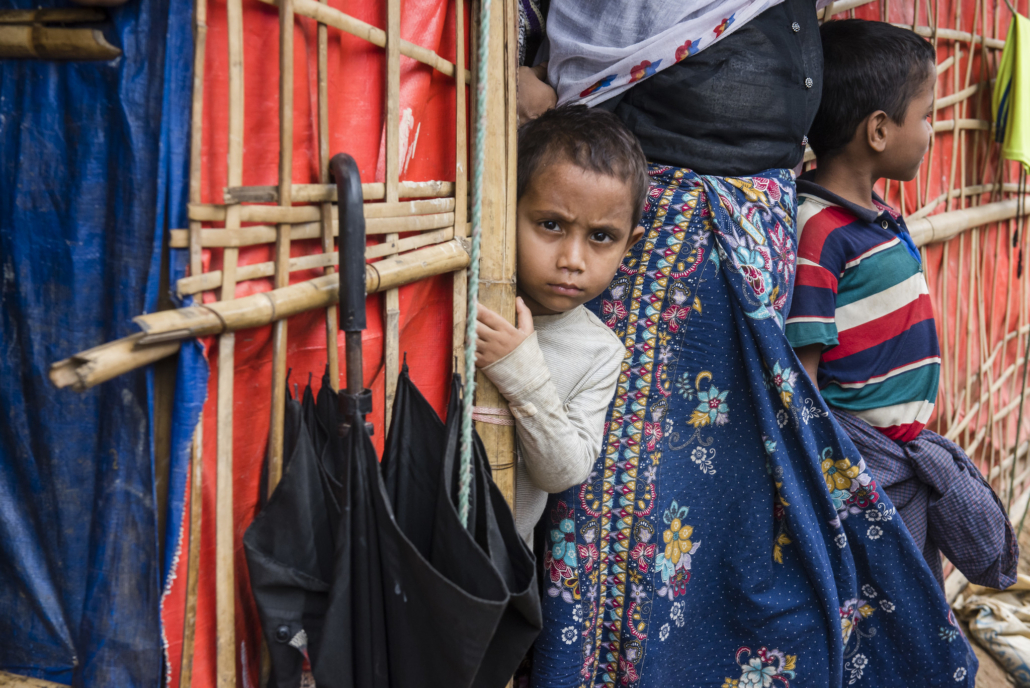
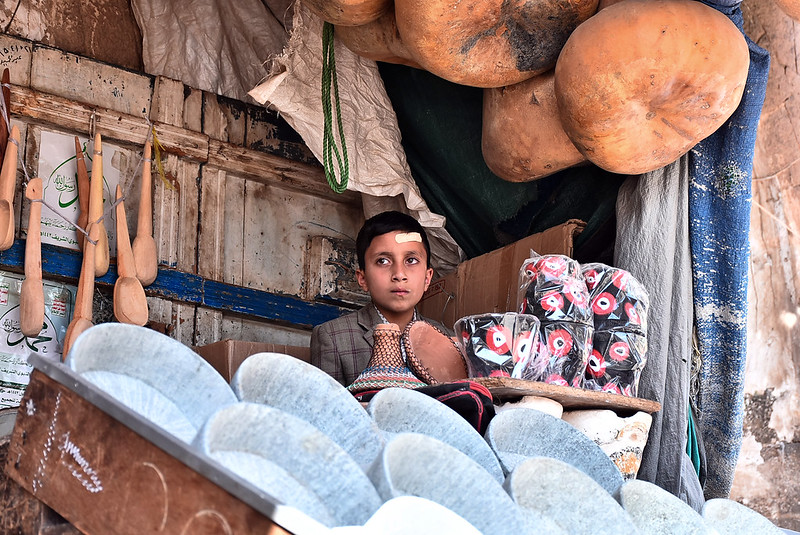 The
The 